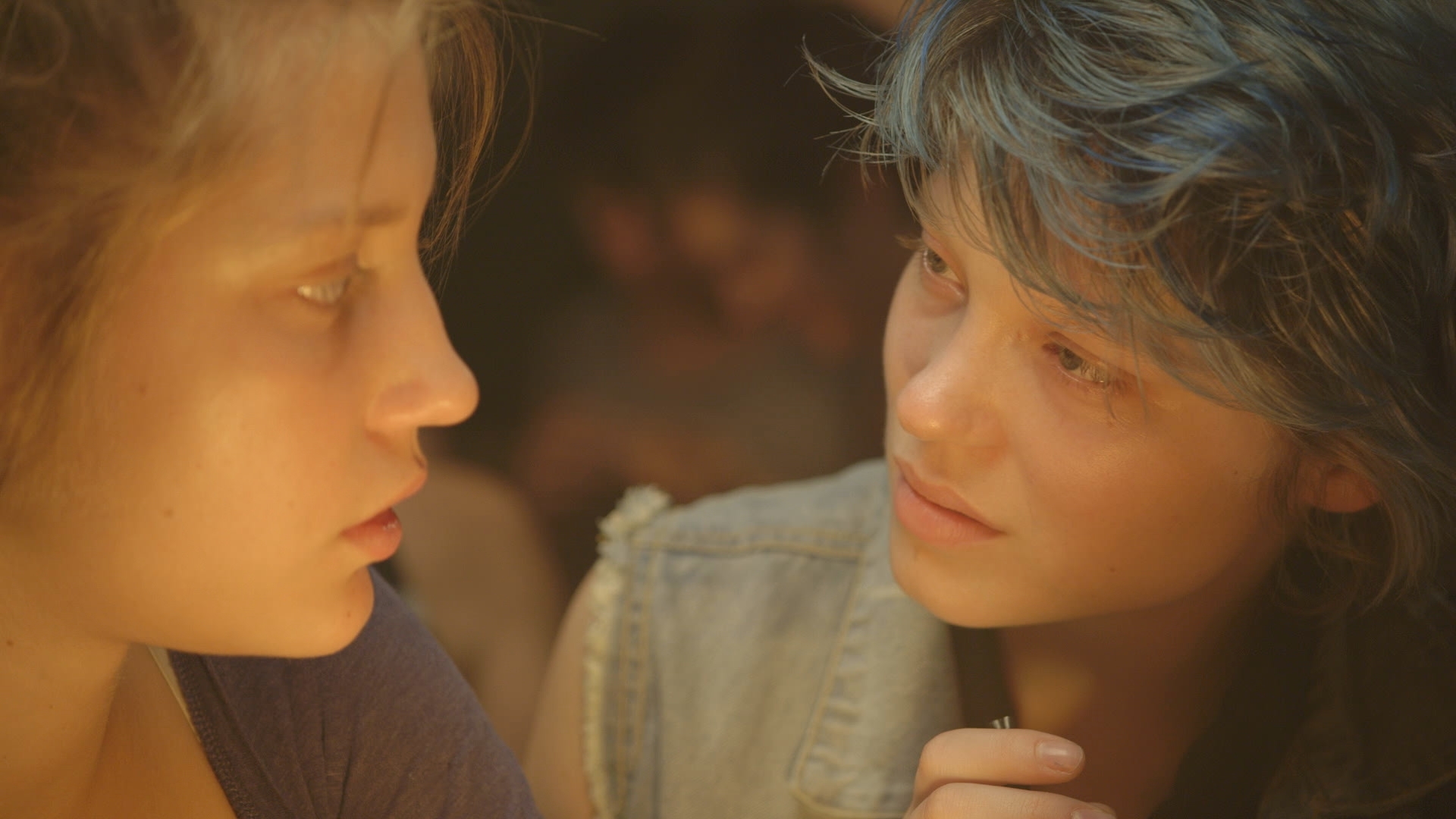The past decade has seen huge victories for LGBTQ+ representation on-screen, but how much progress has really been made?
A whole new wave of independent cinema seems to have taken an interest in tackling more complex and diverse characters. An article from The Independent reported that 2017 has been a massively important year for the LGBTQ+ community and its representation on the big screen. Calling it a game-changer, this past year has seen an increase in LGBTQ+ characters portrayed on screen. Indie festivals are packed with auteur directors trying to present more diverse characters dealing with inside struggles and coming to terms with their sexuality. From Lance Black’s Milk (2008), to the Allen Ginsberg’s biopic, to French director Campillo’s last project, 120 battements par minute (2017), contemporary cinema has found new daring filmmakers willing to prove their commitment to the cause and to give voice to the long-overlooked and underrepresented LGBTQ+ community.
One of the latest is the fresh Oscar nominee Call Me By Your Name by Italian director Luca Guadagnino. The movie sparked quite the controversy for its raw images and sex scenes—such as the infamous peach scene. The love between teenage boy Elio (Timothée Chalamet) and graduate student Oliver (Armie Hammer) has been the talk of almost every film festival and cinemagoers for the past year, confirming both the need and audience demand for more compelling and diverse characters.
However, the question of fair representation within the LGBTQ+ community itself has also been raised. Up until today we have witnessed limited representation of mostly gay white male characters. But what about all the other groups that are part of the LGBTQ+ community—like African American lesbians, transgender people, or bisexuals?
Transgender characters are still underrepresented, for example, and when movies do feature them, the plot usually revolves around their journey rather than asserting them simply as individuals.
Despite few successful attempts to feature a lesbian character as lead—such as Blue is the Warmest Colour, winner of the Palm d’Or at Cannes in 2013—and the most recent Carol by Todd Haynes, parts of the LGBTQ+ community have not had the same public exposure except in small, critically-acclaimed indie movies, where the chance of success often falls exclusively to word of mouth.

A clear example of this is Dee Rees’ astonishing debut movie Pariah. The extremely talented writer and director, who premiered her movie at Sundance in 2011, presents a fresh look into the life of a young African American girl coming to terms with her sexuality. Praised by critics and filmmakers alike, Rees’s movie is one of the few films, including last year’s Oscar winner Moonlight, to have challenged the stigma around the African American LGBTQ+ community and to have brought an authentic story to life on the big screen. This has certainly paved the way to explore new narratives within the LGBTQ+ community. Diversity is slowly being embraced, but there is still a lot that needs to be done, if we want to justly represent every member of our society. Transgender characters are still underrepresented, for example, and when movies do feature them, the plot usually revolves around their journey rather than asserting them simply as individuals. The Danish Girl is an example of this; the touching and brave story of artist Lili Elbe and her transition to a female body is ground-breaking, yet it is still anchored in the 50s, highlighting the difficulty in finding a well-done, diverse character who reflects our time. Despite this, it seems that the small screen is teaching some well-deserved lessons to its bigger brother in terms of portraying diversity on screen. TV series on different networks, from Netflix to Shonda Rhimes’ very own productions, have made big leaps and contribute massively to the LGBTQ+ community. It’s more common to find casual representation on the small screen than on the big screen.
If the road to heaven is paved with good intentions, we are in a good position. The discussion has been sparked, and new narratives involving LGBTQ+ characters have been pitched and suggested to be more accurately explored in the past few years. However, a great deal must still be done if we want to portray the multifaceted spectrum of the LGBTQ+ community.
Camilla Marotta
(Image courtesy of Collider)

